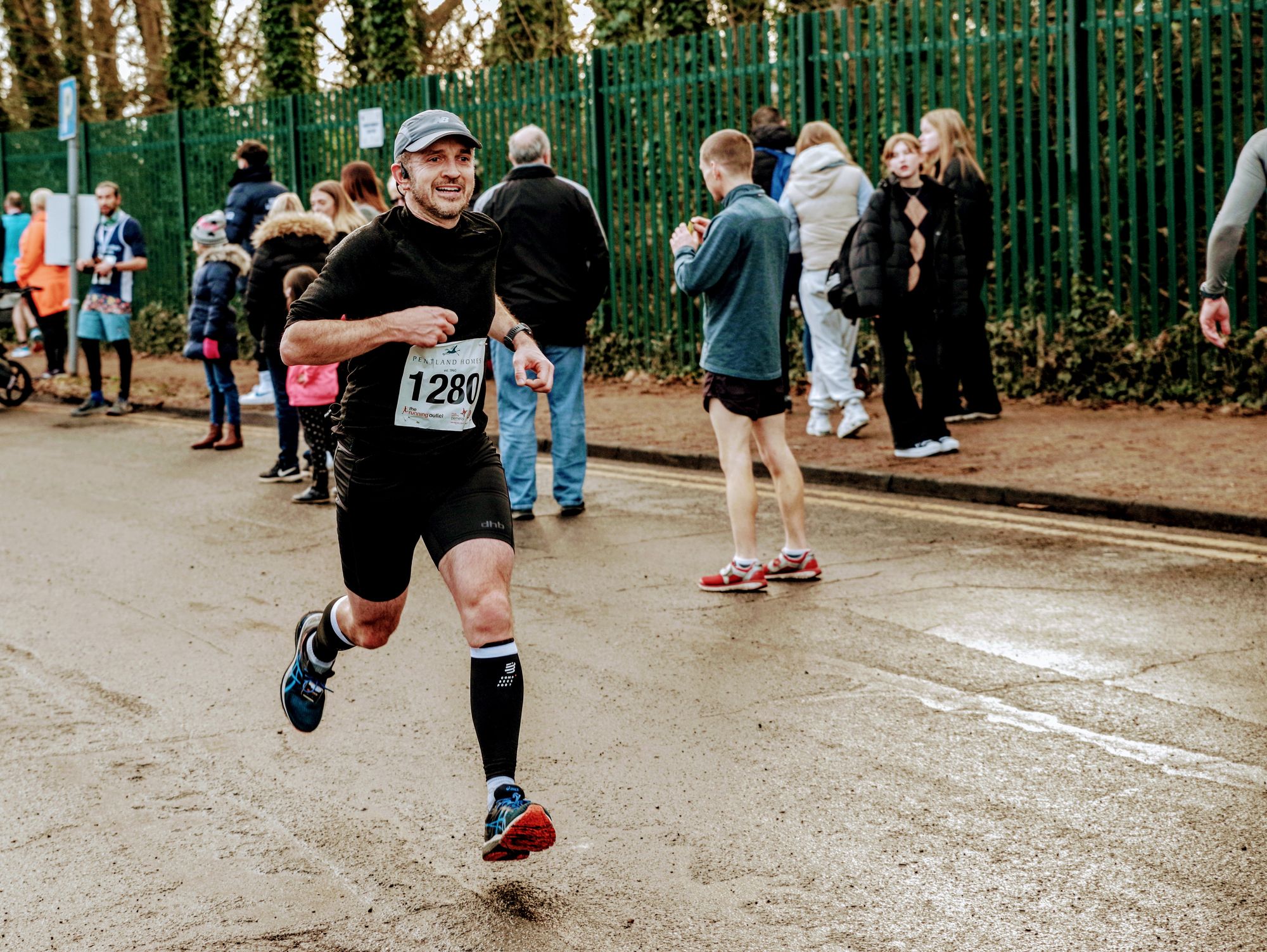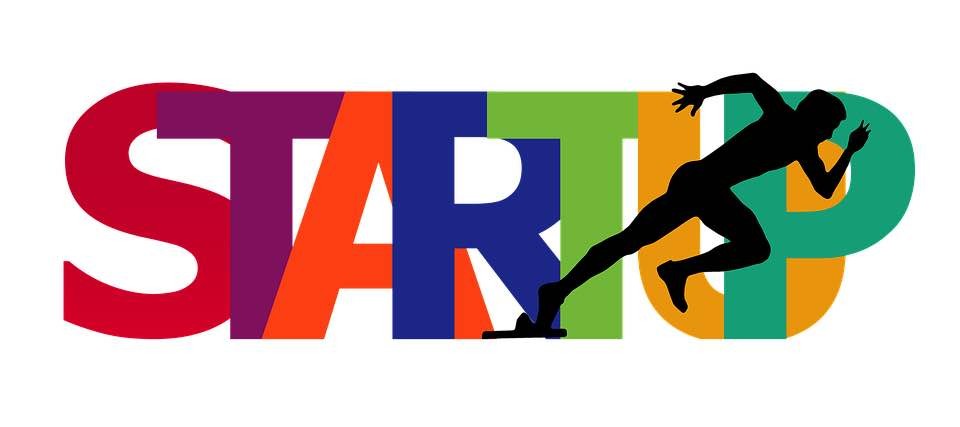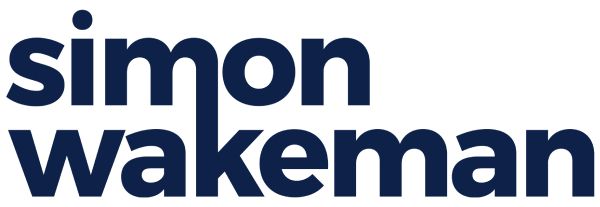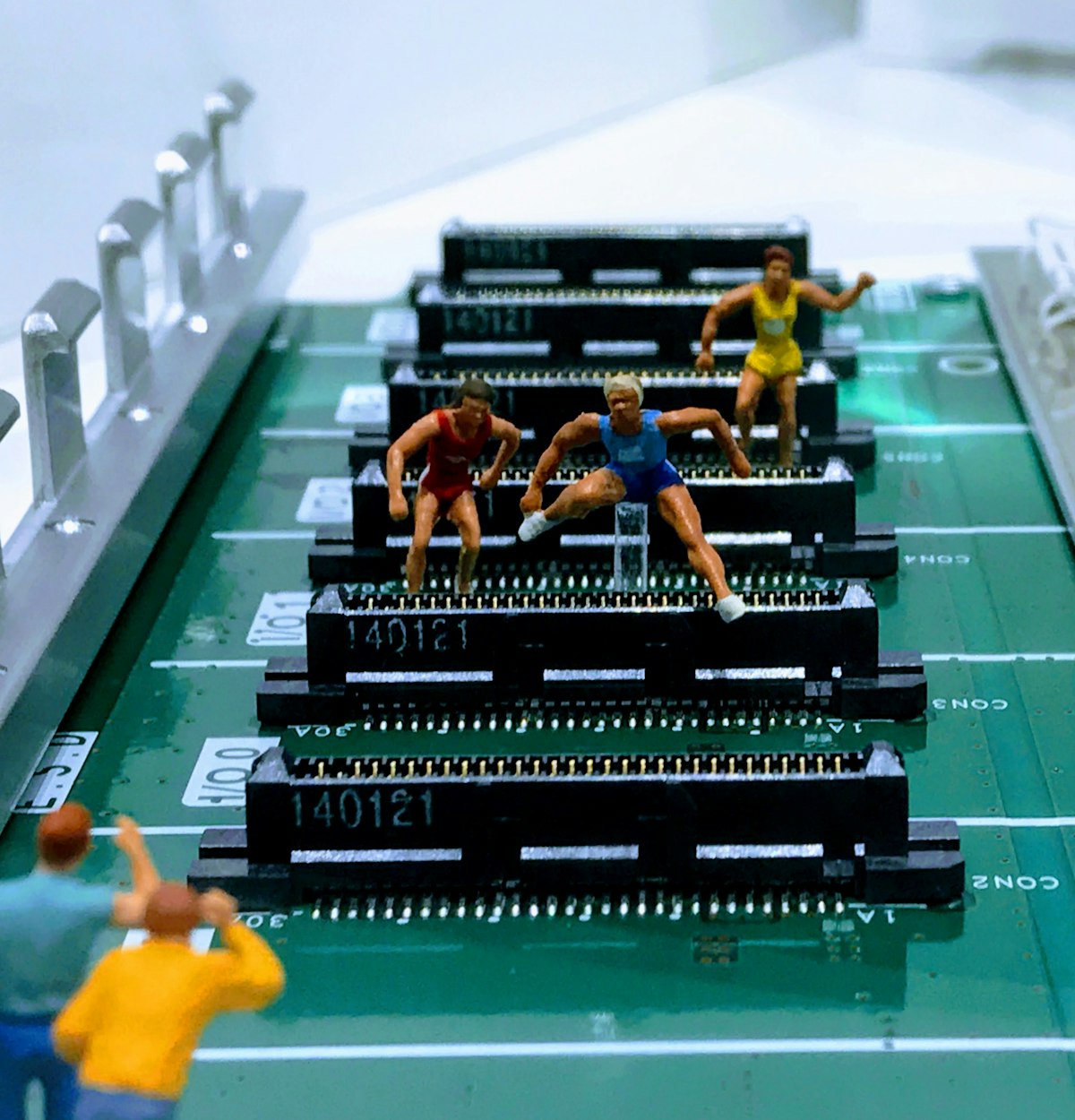Every business has a pace it can sustain indefinitely. Leaders need to find that pace and intentionally influence it as the business grows.
Last weekend I entered my first running race in 13 years.
I was curious what the passage of time had done to my race speed over ten miles and my resilience when running at pace.
I remember the 2010 race well. I started the race running as fast as I could, determined to post a personal best time. I was checking my running watch avidly every few minutes to see what pace I was hitting.
I kept going like that for as long as I could. But inevitably I slowed down. My pace faded first on the uphill sections and then in the second half the miles got slower and slower.
I held it together and staggered over the finish line to collapse onto a nearby bench. My time was one hour 15 minutes exactly and I had nothing left in the tank.

But this year I took a different approach.
The intervening years had taught me the benefit of pacing. I started the race not worrying about pace and didn't look at my watch.
I started running at a pace that felt like I was trying hard, but that I could also sustain for the distance. I was noticing signs in my breathing, legs, temperature and around me in the race to sense what pace felt right.
It was about feel, not the numbers on my watch.
And then I kept going. I only glanced at my running watch a bit later on to help maintain that same pace.
The parallels of my race experience with leading organisations are clear.
Businesses have a pace they can operate at that's long term sustainable and healthy. And they can also work a greater intensity for a shorter, time-limited period.
A sustainable pace in business comes from two things:
- The rate of throughput of the organisation - how quickly shit gets done. Measured through things like billable hours, units sold, active users, new registrations, releases deployed to live or support cases closed.
- The amount of change happening in the organisation. How many important but potentially distracting change initiatives are happening right now?
Leaders need to focus on the combination of throughput and change to judge sustainable pace for their organisation.
This is where leaders in growing businesses sometimes go wrong.
They mistake periods of unsustainable organisational intensity for a new normal work rate.
Then inevitably, just like my 2010 race, the pace of the organisation gets slower.
Things get harder to deliver. People get burnt out. Morale starts to decline and focus gets lost.
The organisation's resilience to deal with the unexpected reduces. The cycle continues
Inevitably the business falls short of its potential. The pace its leaders sought can't be sustained.
Every organisation needs to be able to achieve a sustainable pace. This sustainable pace will change over time as the business grows and matures.
Good leaders can both read and sense this pace. They pick up the signs and act when things are running too hot. They notice where the business could pick up the pace a bit and shift things up a gear.
And my 2023 race?
I took 72 seconds off my 2010 time. I walked away from the finish line able to comfortably run another five miles later the same day.
I found my sustainable pace that day.
I like this quote from technologist Martin Fowler's book Refactoring: Improving the Design of Existing Code . He's talking about software development but it's equally applicable to scaling businesses:
“If you can get today’s work done today, but you do it in such a way that you can’t possibly get tomorrow’s work done tomorrow, then you lose.”
Core concept - sustainable pace
Questions to ask now
- What signs might indicate that your business isn't operating at a sustainable pace as it grows?
- How might you better surface the tensions that affect organisational pace in your scaling business?
- How could you more intentionally balance change and business as usual in your business?
Get deeper into this
1. Melissa Eisler has pointers on signs of moving too fast and some strategies on how to manage excessive pace:

2. A thoughtful look at this topic in start-ups from Ian Brookes:











